A Painter’s Last Works Resurface in New York
The brilliant late career of Jay DeFeo. Plus, America's forgotten painter, solitude on film, and more.
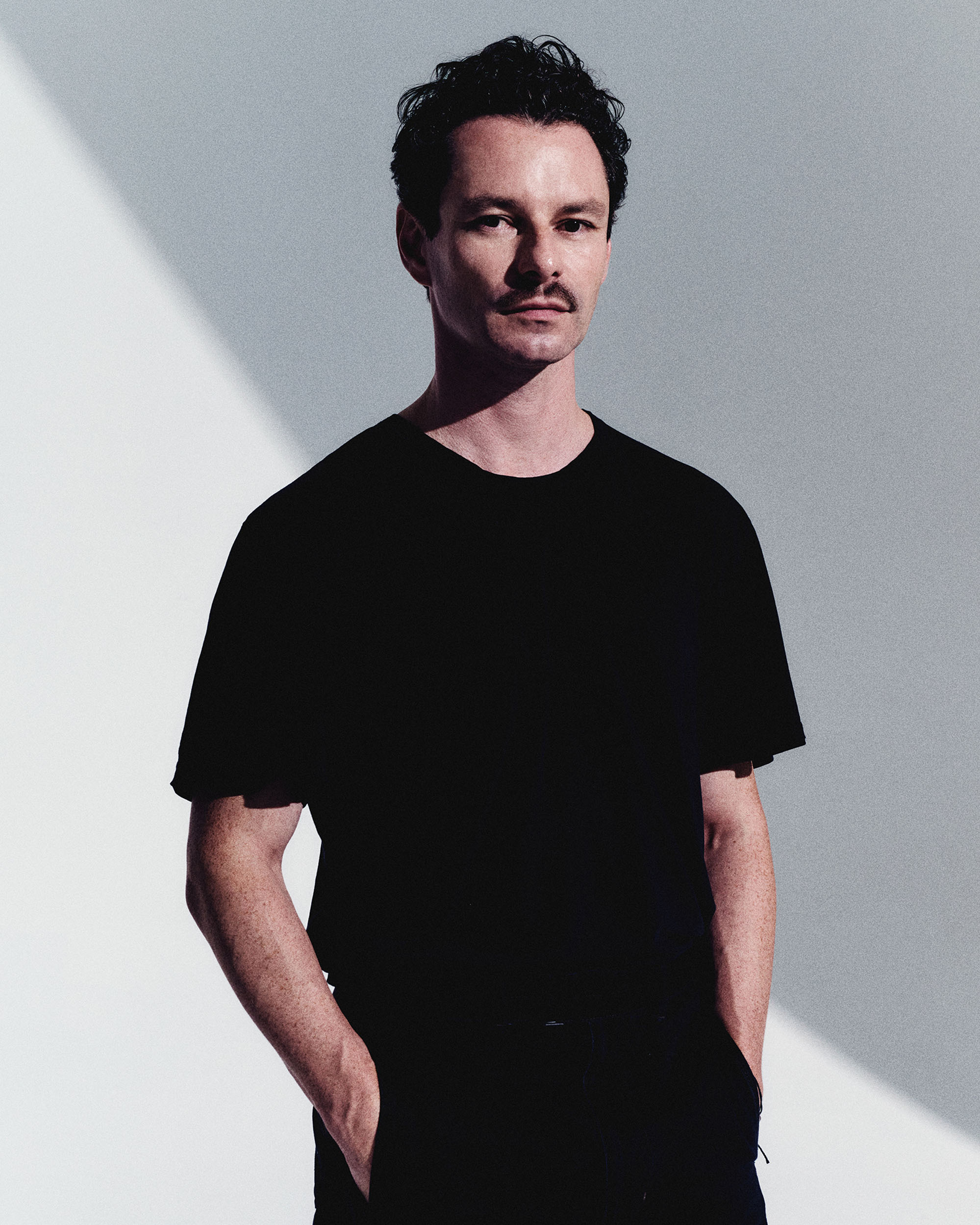
Welcome to The Curator, a newsletter companion to The Grand Tourist with Dan Rubinstein podcast. Sign up to get added to the list. Have news to share? Reach us at hello@thegrandtourist.net.
There’s no mistaking a Zankov sweater. Designer Henry Zankov has cultivated an instantly recognizable aesthetic with tactile knits in effervescent colors and playful patterns. He launched in 2020 with just six sweaters, but in a short time the brand has become so much more than that. Today, his collections include a diverse range of knitwear along with the buds of a more comprehensive line of ready-to-wear like shirting and tailoring, all of which has been met with consumer acclaim and industry applause—Zankov won the Emerging Designer of the Year award at the 2024 CFDA Fashion Awards.
This Monday, February 10, the Russian-born American designer will debut his Fall/Winter 2025 collection at New York Fashion Week. In lieu of a high-profile runway show, Zankov always hosts a relatively mellow presentation, where models lollygag about clad in the season’s new spirited garb—which he says will take on a moodier palette than previous collections. Even if a high-octane show weren’t cost-prohibitive, Zankov would still prefer the subtler approach, a tactic that’s emblematic of his attitude toward the larger industry. “I always wanted to have a strong visual language without it feeling trendy or referencing something obvious,” he says. Ahead, Zankov outlines the importance of said visual language, his take on Fashion Week, and the artists he most admires.
What can you share about your collection this season?
When I started the brand, I never wanted it to be thematic or nostalgic, to reference a certain era, but there’s always going to be some sort of twist every season. Last spring, we explored this idea of subverted prep, looking at the music I was listening to in high school, like Sonic Youth. I’m very much inspired by Kim Gordon. I wanted to continue down that path, really looking at the uniform legacy of preppiness and continuing to subvert it. The difference this season is that the collection’s a little bit more moody.
I continued looking at music. I used to listen—and still am listening—to the Velvet Underground and Nico. Very New York in the 1960s. There’s a little bit of that energy in the collection, without it being too literal. There’s a lot more shine. The colors are more subdued. And there are still a lot of graphic patterns, but more circular shapes, like polka dots.
The music you mentioned has such an aesthetic attached to it. Do you think about the aesthetic of those artists and of that time, or is it more about the feeling you get when you listen to the music?
I’ve always been more interested in the feeling of something. It’s very interesting when designers try to re-create something based on the aesthetic of the artist or that time period, but for me, I really, really try to stay away from literal interpretation. I think it’s more interesting. Like when you look at art, you have to dig a little bit deeper. I’m more interested in not being so visually obvious about it. I want people to think a little bit about it. I want people to connect with a feeling first, as opposed to connecting with a visual representation of something else.
How did you find your label’s aesthetic originally?
Before I started my brand, I worked for different designers like Diane von Furstenberg and Donna Karan in New York. Most of my roles involved building a brand’s knitwear business. As much as I loved doing that, I thought I could do this for myself. Designing for another designer who has a very different aesthetic helped me understand what I’m drawn to. When I started working on the research for Zankov, the most important thing was to have an established visual language ready from the get-go. Before we even had clothes. Before we had anything.
It becomes almost like a formula. Even though we evolve every season, I always go back to the formula. I am very much inspired by designers and artists who have created a really strong foundation. For example, someone like an Ellsworth Kelly or a Robert Rauschenberg. When you look at their work, you immediately know it’s theirs. That was the goal for me, to establish that foundation first and then start exploring its parameters through fashion.
You put your name on your brand. What was the thought process behind that?
It’s funny because someone told me to do that. When I started thinking about launching, I thought about my last name and how it is very different. It’s not like Goldberg or Smith or something classic. I used to not like it, but somehow I had to embrace it. I’m also so inspired by my Russian heritage and a lot of artists, like Kazimir Malevich and Sonia Delaunay, who come from where I come from. And so I thought, this is the time to start a brand, but also a time to call it by my last name. I wouldn’t feel comfortable coming up with a brand name that’s completely different from me. It would feel insincere.
Knitwear gives you a more practical entry point into the market. Did you think a lot about that as opposed to doing something else?
I think there are two ways of looking at it. I personally love real clothes that people can wear. Of course, I love someone like Thierry Mugler and his more costume-leaning things, which are really inspiring. I actually don’t even like that word costume because fashion can exist in so many ways. It doesn’t have to be a pair of sweatpants or jeans, but I love when things function. Maybe that’s a better way to say it. And then, knitwear is handmade. It is made from scratch. Whether it’s clothing or furniture or books that I’m surrounded by, I want to be able to hold onto those objects for a long time. Not only the design, but the nature of knitwear feels like an heirloom to me. It feels like something you want to hold onto because there is such strong craft behind it.
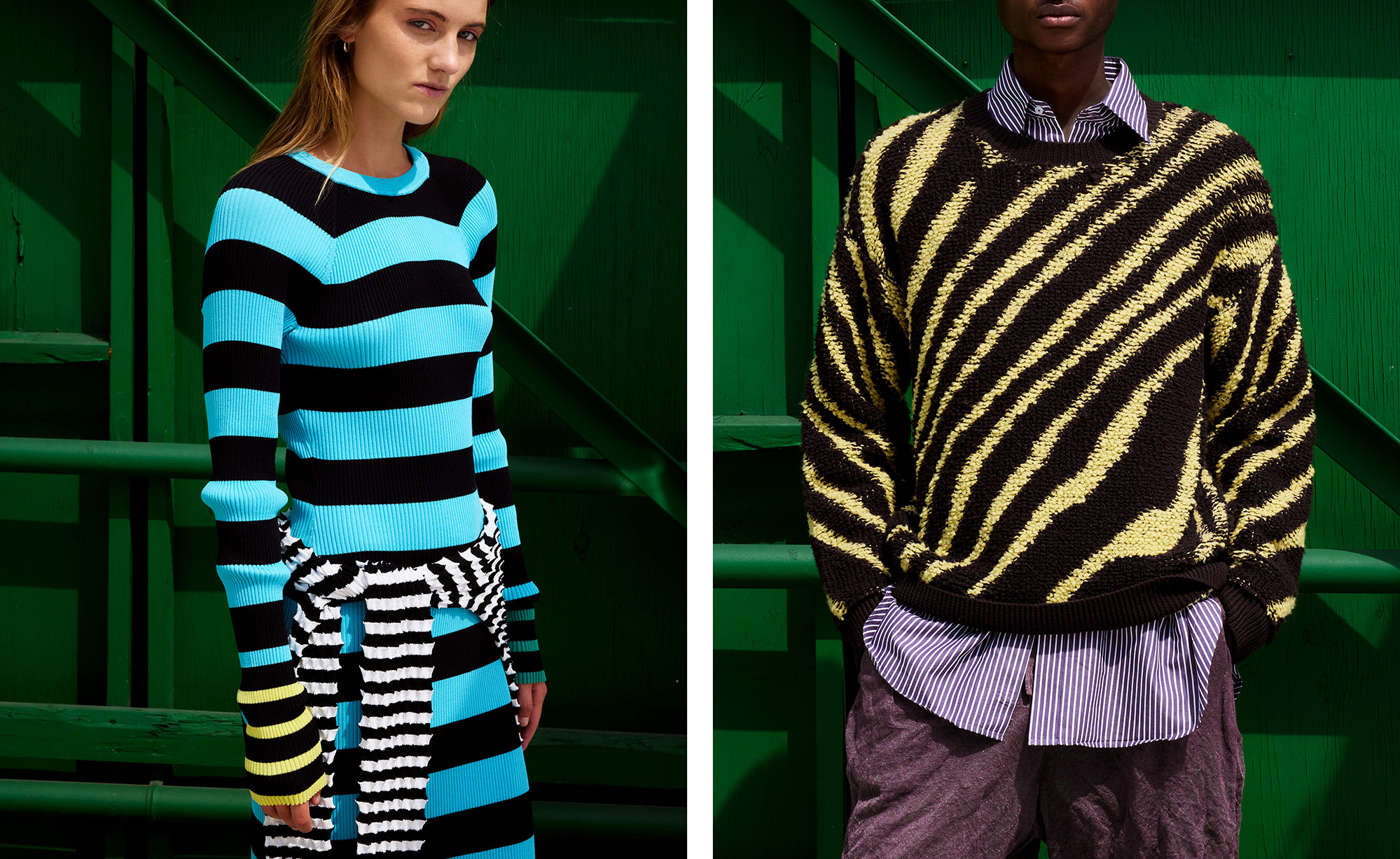
What did you want to do with your brand in terms of growth?
When I started, I didn’t have a plan, just to be completely transparent. We made six sweaters, and then it started to grow. Eventually I would like for it to become its own thing where it can function on its own, with me not necessarily being involved in it all the time. Aesthetically, I feel like it’s a great platform for other people to get involved in and to collaborate. Maybe I sound like I’m not a businessperson, but I really always wanted it to grow in a very meaningful way, even if it takes time. I want people to discover it. I don’t want to be screaming down from the top of a building, “Look at this!”
Alaïa to me is one of the most amazing references for this, because he never wanted it to be a huge business. He was just happy designing clothes for women. And I think he did such a wonderful job. He marched to his own beat. When you see an Alaïa piece, you immediately recognize it, whether it’s old or new. It survives the test of time, and that’s how I want it to be. I was talking to this yoga teacher years ago, and she said to me she doesn’t advertise what she does. She thought if she was good at her job, people would find her. That’s what I want. I want people to find the brand and discover it on their own, because ultimately I want to connect with an audience that has a strong sense of self.
Obviously you’ve branched out a bit from knitwear, so how’s that going?
After the first couple of seasons, I felt like we were missing something. I didn’t want it to be just knitwear head to toe. I wanted more tension in the look. So we started experimenting with beading and embroidery on knitwear and then slowly dabbling with wovens and shirting. I’m excited to explore other materials and categories like tailoring and shirting within the visual language of Zankov. Though it’s definitely something we need to build up a stronger team for, because it is a very different category and a very different product.
Do you design pieces individually and then style them? Or do you think about full looks ahead of time?
It’s a little bit of both. I always think about the collection as an eclectic curation. So when I’m designing something, I design pieces and then we put it together. Once we have the boards of the designed collection, I might say, “Oh, we need a turquoise skirt here,” or “We might need something yellow here.” It’s about finding that balance, whether it’s a stitch or a silhouette or a color. Then you pull it all together, and it makes sense. What I like about Zankov—it’s something that I’ve always been a strong believer in—is that there’s no outfit. We style the looks so you can see how you wear it. But people can come to the rack and they can mix it on their own. Things clash when you put them together, but somehow it works. It’s a great platform for people to experiment with creating their own looks.
How do you dress yourself?
You can’t tell right now—I’m wearing black because I just got off a plane—but I do wear a lot of color. I don’t have much black in my wardrobe. I don’t even have a black coat. You’ll probably never find me wearing a whole neutral outfit. I don’t even think I own anything in camel. But because I do work so much with color, sometimes I tone it down. I have so much of it, not only in the collection, but also at home.
How do you feel about Fashion Week?
When it gets closer to the day of, I feel really excited because the collection’s almost done, and I can see everything’s falling into place. But at the end of November, beginning of December, I feel quite anxious about it, to be honest. I do like the momentum. I love the busy days leading up to it, even though it’s a lot of work. It is exciting because I love the people I work with. That’s the best part, the people and how everyone gets excited about working together.
There’s so much noise during the week itself. How much do you think about standing out?
By nature, I’m an introvert, and I don’t like it when people are forcing things on me. It goes back to the idea that people will discover you if it’s right. Last season, Spring 2025, we did the presentation outside at the outdoor racquet club Reserve Padel in Hudson Yards. I didn’t realize how much of an impact that was going to have, but I’m glad that it did. I’m not strategic about certain influencers or celebrities coming. When it’s the time, the people will come. Maybe it sounds naïve, but I think the work speaks for itself. Even if we had a lot of funding and a lot of money, I don’t think I’d be into the idea of doing a big runway show. It’s just not my thing.
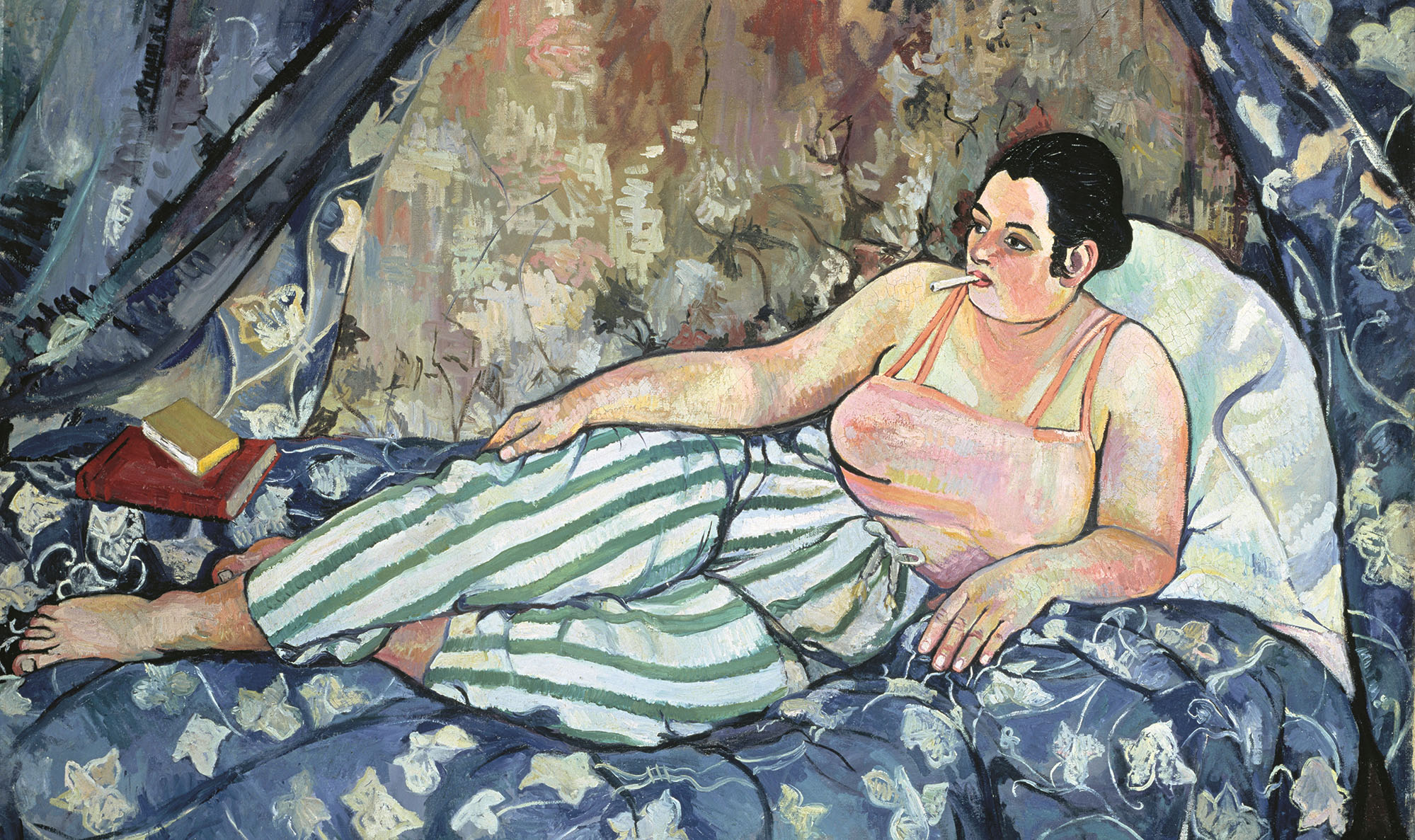
A Gutsy French Painter Gets Her Due; a Spectacular Picture of 1930s New York; More Global Openings
Brussels, “Obstakles: Willem Oorebeek” (Until April 27)
“Something must be done to make looking a conscious activity,” said Dutch artist Willem Oorebeek ahead of his U.S. solo debut at Robert Miller Gallery in 2012. He was presenting a series he called “Blackouts,” images printed over with black ink, making them difficult to see. “In order to see a blackout,” Oorebeek explains, “you have to do the choreography of looking.” His work is concerned with the numbing effects of mass reproduction and oversaturation, and he magnifies newspaper prints, superimposes covers of fashion magazines, and plays with graphic design to subvert how we see. This survey in Brussels, where the artist lives and works, presents 40 of his pieces from the 80s and 90s. wiels.org
Paris, “Raymond Saunders: Déménagement” (Until March 22)
“I will do the opposite of what I think it is that someone’s thinking,” said Raymond Saunders in a 1994 interview. “I will scribble when they think that’s all I can do, and then I will draw when they think that’s all I do.” Since the 1960s, the artist has refused to be cornered by expectation. His paintings and abstract collages from scraps of media defy genre and words. Paris, where he had a studio and spent his summers, is a second home for the Pittsburgh-born artist, who now resides in Oakland, California. As part of a revived interest in Saunders, this show presents his chalk paintings, works on paper, and paintings on doors. davidzwirner.com
Paris, “Suzanne Valadon” (Until May 26)
Before she was a painter, Suzane Valadon was a muse for Parisian painters. When she began painting herself at 44, in 1909, she depicted women without pretense: lounging, bored, dancing, thinking. The French painter was the first woman admitted to the Société Nationale des Beaux-Arts, but she never went. She was also the first woman painter to paint a male nude portrait. Yet before 2023, the remarkable artist hadn’t been the subject of a monograph since 1967. This exhibition, coming from Barcelona, stops in Paris with 200 works covering over 40 years. centrepompidou.fr
New York, “Weegee: Society of the Spectacle” (Until May 5)
It’s rumored that Weegee, born Arthur Fellig, got his nickname because, like a Ouija board, he seemingly had psychic powers: The street photographer knew where to be and when. Where there was crime, there was Weegee. Weegee emigrated from what is now western Ukraine to New York in 1909, when he was 10, eventually making a career out of tracking down crime in New York City and selling his stark photos of wrongdoing to popular tabloids. Where else to present Weegee’s photos of New York than the very same neighborhood he prowled 100 years ago? icp.org —Vasilisa Ioukhnovets
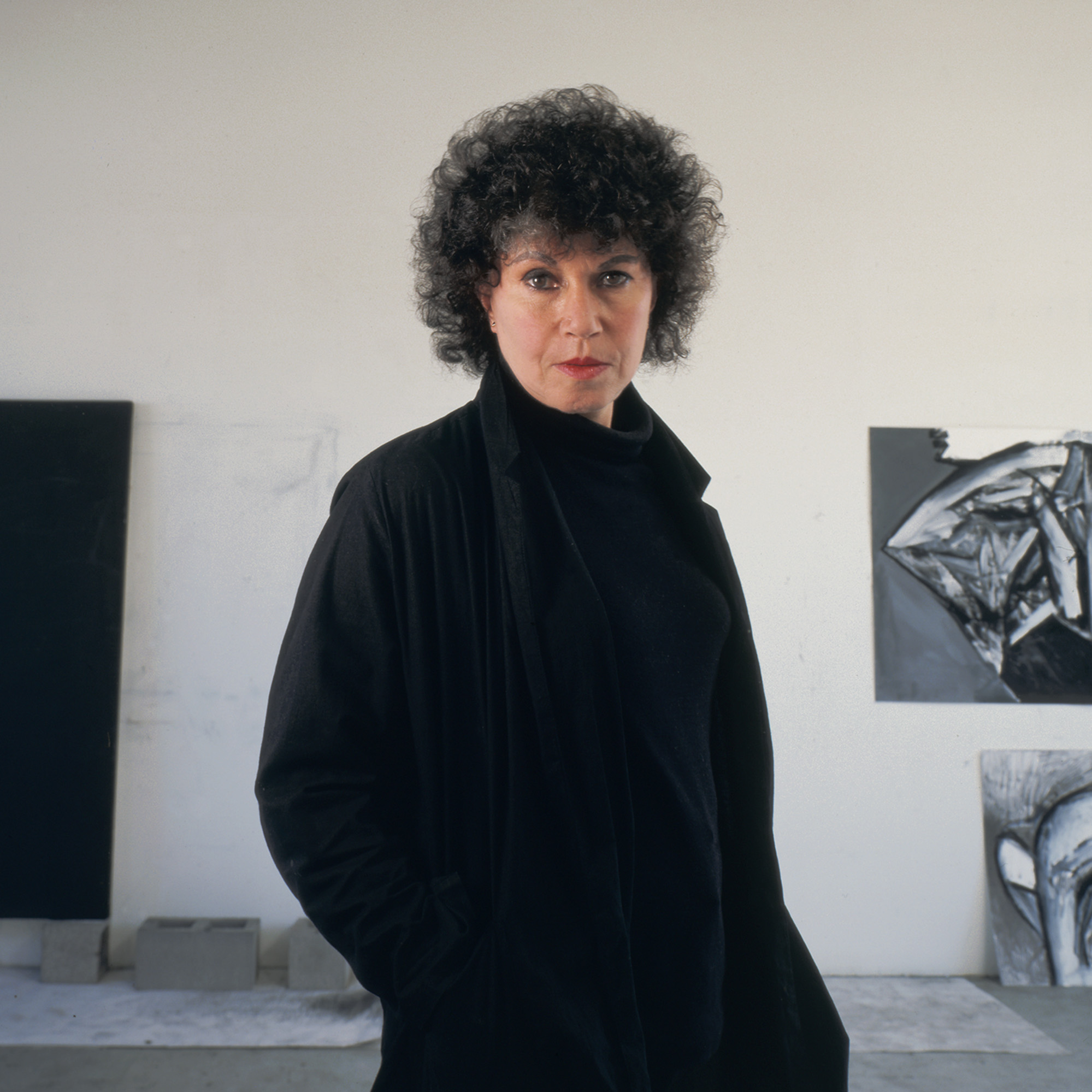
The brilliant late career of Jay DeFeo. Plus, America's forgotten painter, solitude on film, and more.
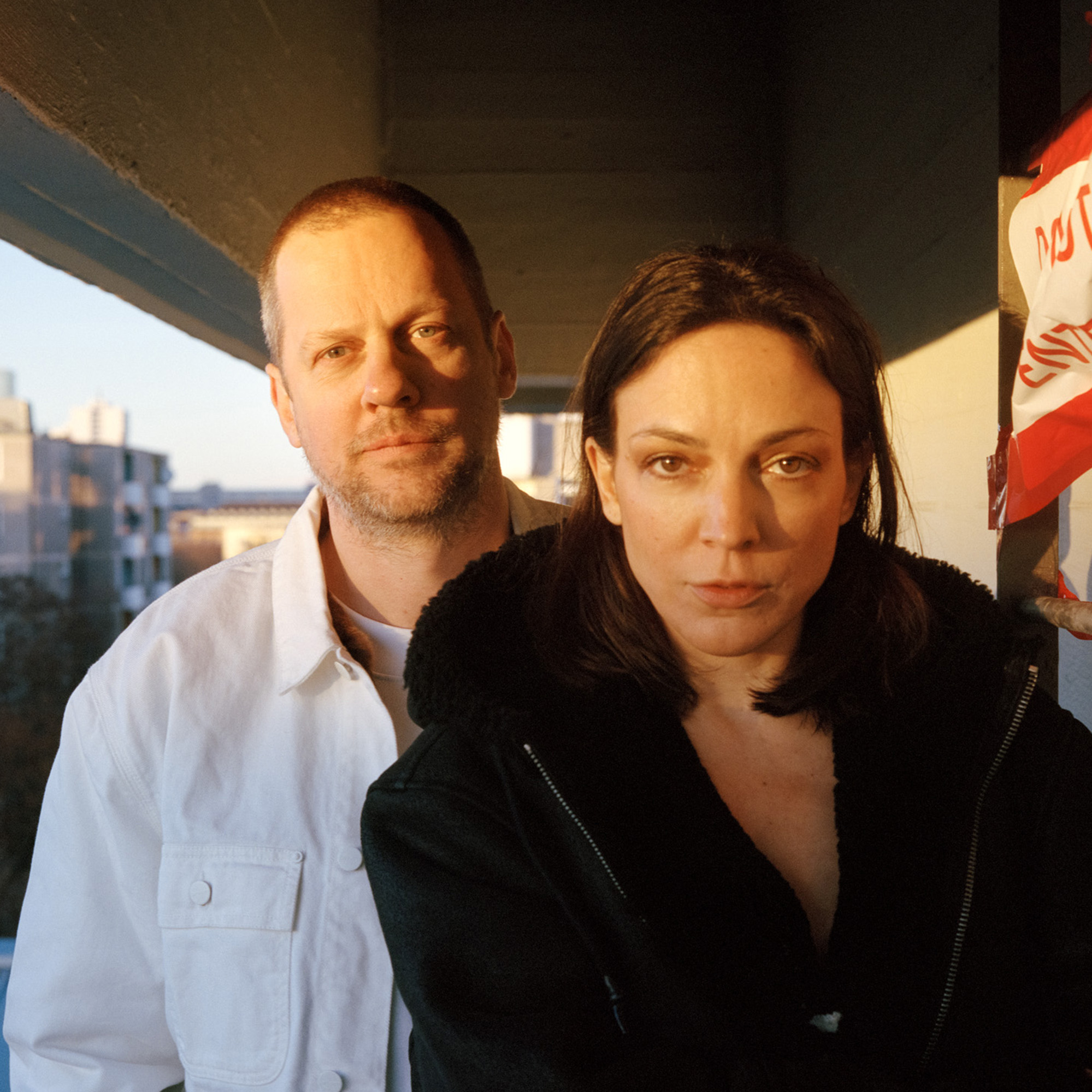
For decades, the Berlin-based fashion and culture magazine 032c set a global standard for transgressive ideas and stunning visuals that inspired leagues of creatives. On this episode, Dan speaks with the couple on how the brand evolved from publishing powerhouse to fashion line.
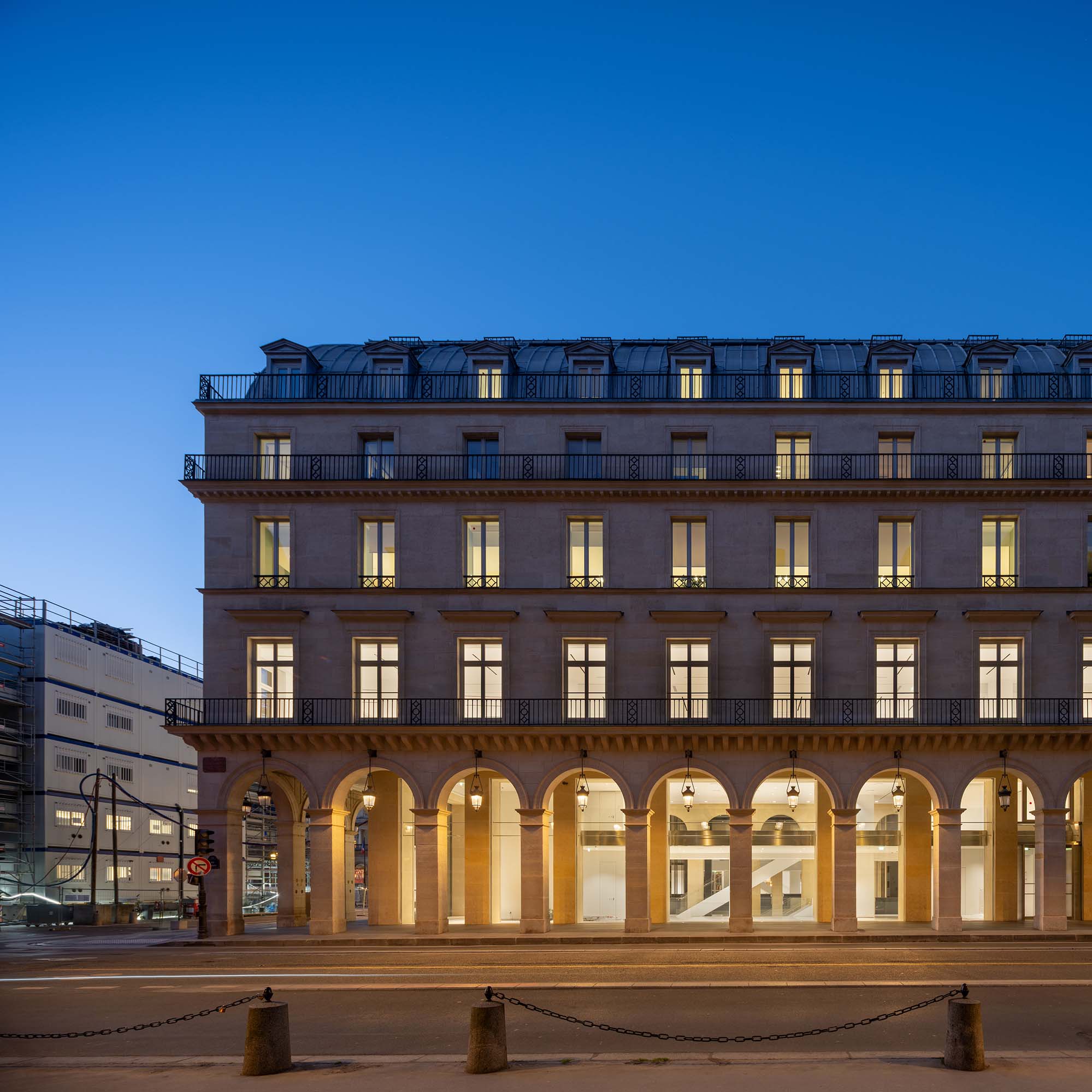
The Fondation Cartier pour l’art contemporain is moving into a new home in the very heart of Paris. Dan speaks with the Fondation's Beatrice Grenier about the incredible new museum by architect Jean Nouvel, its fascinating history, and the exciting inaugural exhibition.